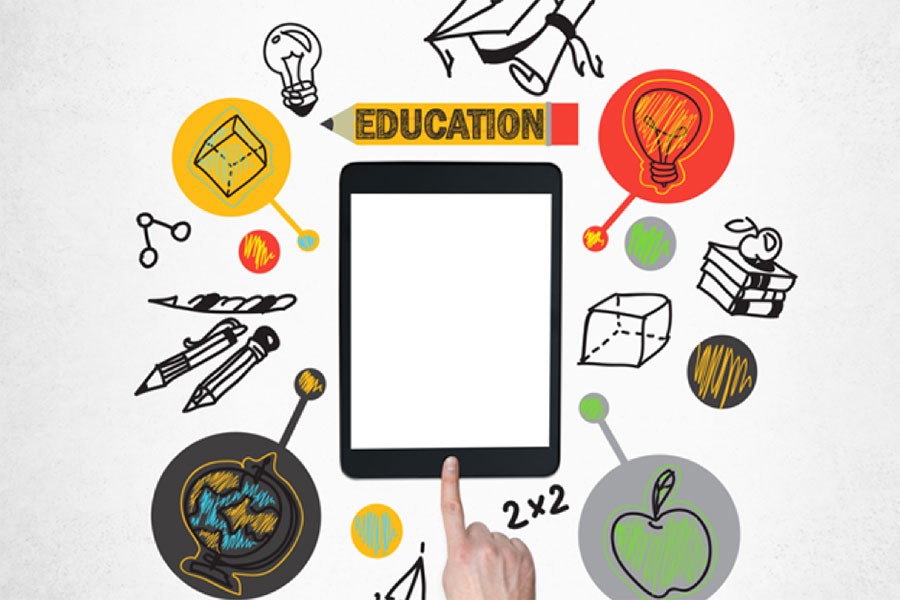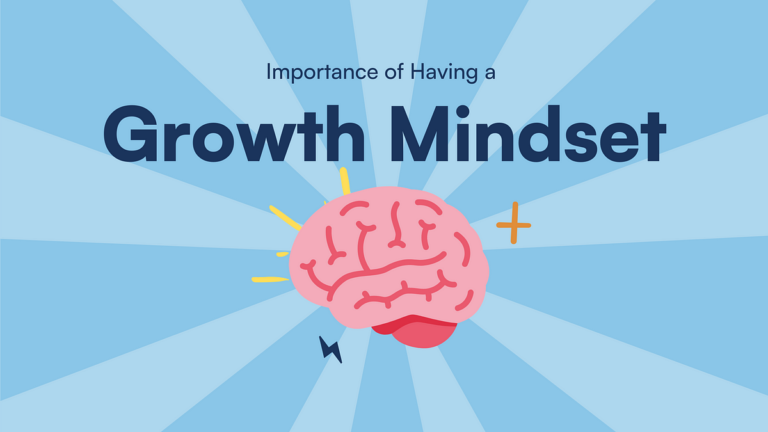The Role of Technology in Modern Education
In recent years, technology has profoundly transformed the educational landscape. From online courses to interactive learning platforms, technology has reshaped how students access information, engage with content, and collaborate with peers. This article explores the pivotal role technology plays in modern education, its benefits, challenges, and future implications.
1. Introduction
As technology continues to advance at a rapid pace, its integration into education has become increasingly essential. The COVID-19 pandemic further accelerated this trend, compelling educators and students to adapt to online learning environments. Today, technology in education encompasses a wide array of tools and platforms, revolutionizing traditional teaching methods and enhancing the overall learning experience.
2. Enhancing Accessibility to Education
One of the most significant benefits of technology in education is increased accessibility. Online courses and digital resources allow learners from diverse backgrounds to access quality education, regardless of geographic location or financial constraints.
Online Learning Platforms
Platforms like Coursera, edX, and Khan Academy provide a wealth of courses covering various subjects, allowing students to learn at their own pace. These resources democratize education, enabling individuals who may not have access to traditional educational institutions to gain knowledge and skills.
Educational Apps
Mobile applications offer additional learning opportunities outside the classroom. Apps such as Duolingo for language learning or Quizlet for studying facilitate learning on-the-go, making education more flexible and convenient.
3. Personalized Learning Experiences
Technology enables personalized learning experiences that cater to individual student needs and preferences. Adaptive learning platforms adjust the difficulty of tasks based on student performance, ensuring that each learner receives appropriate challenges.
Tailored Content Delivery
With the help of algorithms and data analytics, educational technology can deliver customized content, allowing students to focus on areas where they need improvement. This approach enhances engagement and retention, fostering a more effective learning environment.
Self-Paced Learning
Online courses and modular learning systems empower students to take control of their education. They can progress through material at their own pace, revisiting challenging concepts or accelerating through familiar topics, ultimately leading to a deeper understanding of the subject matter.
4. Interactive and Engaging Learning Tools
Technology has introduced numerous interactive tools that make learning more engaging and enjoyable. These tools encourage active participation and foster a deeper connection with the material.
Gamification
Gamification incorporates game elements into educational settings, making learning more fun and motivating. By earning points, badges, or rewards for completing tasks, students are encouraged to engage more fully with the content.
Virtual and Augmented Reality
Virtual reality (VR) and augmented reality (AR) provide immersive learning experiences that traditional classrooms cannot offer. For example, students can explore historical sites, conduct virtual science experiments, or engage in simulated medical procedures, all from their classrooms. These technologies promote experiential learning, enhancing comprehension and retention.
5. Collaboration and Communication
Technology has also transformed how students collaborate and communicate. Online platforms facilitate teamwork, enabling students to work together on projects regardless of their physical location.
Collaborative Tools
Tools like Google Workspace, Microsoft Teams, and Slack allow for real-time collaboration on documents, presentations, and projects. These platforms foster teamwork and enhance communication skills, essential for success in today’s workforce.
Discussion Forums and Social Learning
Online discussion forums and social media groups provide spaces for students to engage in dialogue, share ideas, and support one another. This interaction fosters a sense of community and encourages diverse perspectives, enriching the learning experience.
6. Data-Driven Insights and Assessment
The integration of technology in education allows for data collection and analysis, providing valuable insights into student performance and learning outcomes.
Analytics in Education
Learning management systems (LMS) collect data on student engagement, participation, and assessment results. Educators can analyze this data to identify trends, assess the effectiveness of teaching strategies, and intervene when students struggle.
Formative Assessment Tools
Technology offers various formative assessment tools that provide immediate feedback to students. Quizzes, polls, and interactive assignments help educators gauge understanding in real time, allowing for timely adjustments to instructional methods.
7. Challenges and Concerns
While technology offers numerous benefits, it also presents challenges and concerns that educators must address.
Digital Divide
The digital divide refers to the gap between those with access to technology and those without. Students in underserved communities may lack the necessary devices or internet access, hindering their ability to participate fully in digital learning environments.
Overreliance on Technology
An overreliance on technology can lead to a lack of critical thinking and problem-solving skills. Educators must find a balance between leveraging technology and encouraging traditional learning methods to ensure well-rounded education.
Cybersecurity and Privacy Issues
The use of technology in education raises concerns about data privacy and cybersecurity. Educators must prioritize the protection of student information and ensure that platforms comply with privacy regulations.
8. The Future of Technology in Education
As technology continues to evolve, its role in education will expand. Emerging trends and innovations will shape the future of learning.
Artificial Intelligence (AI)
AI has the potential to further personalize education through intelligent tutoring systems that adapt to individual learning styles and paces. AI-driven tools can provide immediate feedback, helping students master concepts more effectively.
Blockchain Technology
Blockchain technology could revolutionize how educational credentials are verified and shared. By creating secure, decentralized records of achievements, students can easily demonstrate their qualifications to potential employers.
Lifelong Learning
The future of education will likely focus on lifelong learning, with technology facilitating continuous skill development. Online courses and micro-credentials will enable individuals to upskill and reskill throughout their careers, ensuring they remain competitive in the workforce.
9. Conclusion
Technology has transformed modern education, making it more accessible, personalized, and engaging. While challenges remain, the potential benefits of integrating technology into learning environments are immense. As we move forward, educators must embrace these innovations, ensuring that technology serves as a powerful tool for enhancing the educational experience and preparing students for the future. By fostering a balanced approach that combines technological advancements with traditional teaching methods, we can create a more effective and inclusive educational landscape for all learners.






